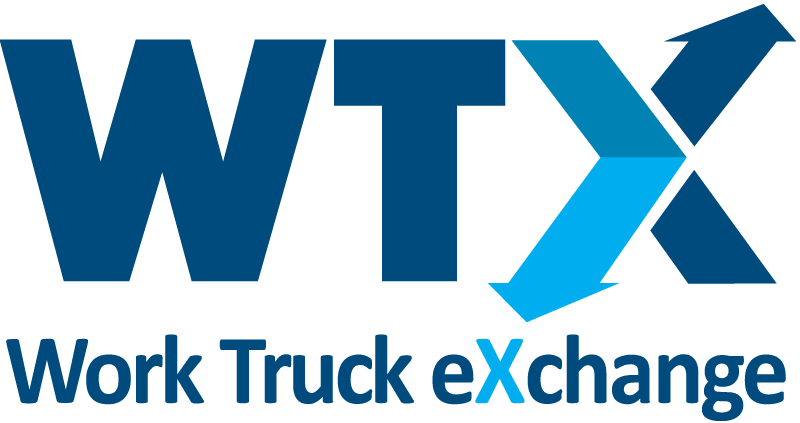Truck tires are more than “where the rubber meets the road.” Understanding truck tire sizes, tire load ratings, why ply no longer matters, and more is important for today’s fleet managers.
5 Factors Driving Higher Maintenance Costs
Many factors continue to exert upward pressure on fleet maintenance costs (with longer service lives as the primary driver).


